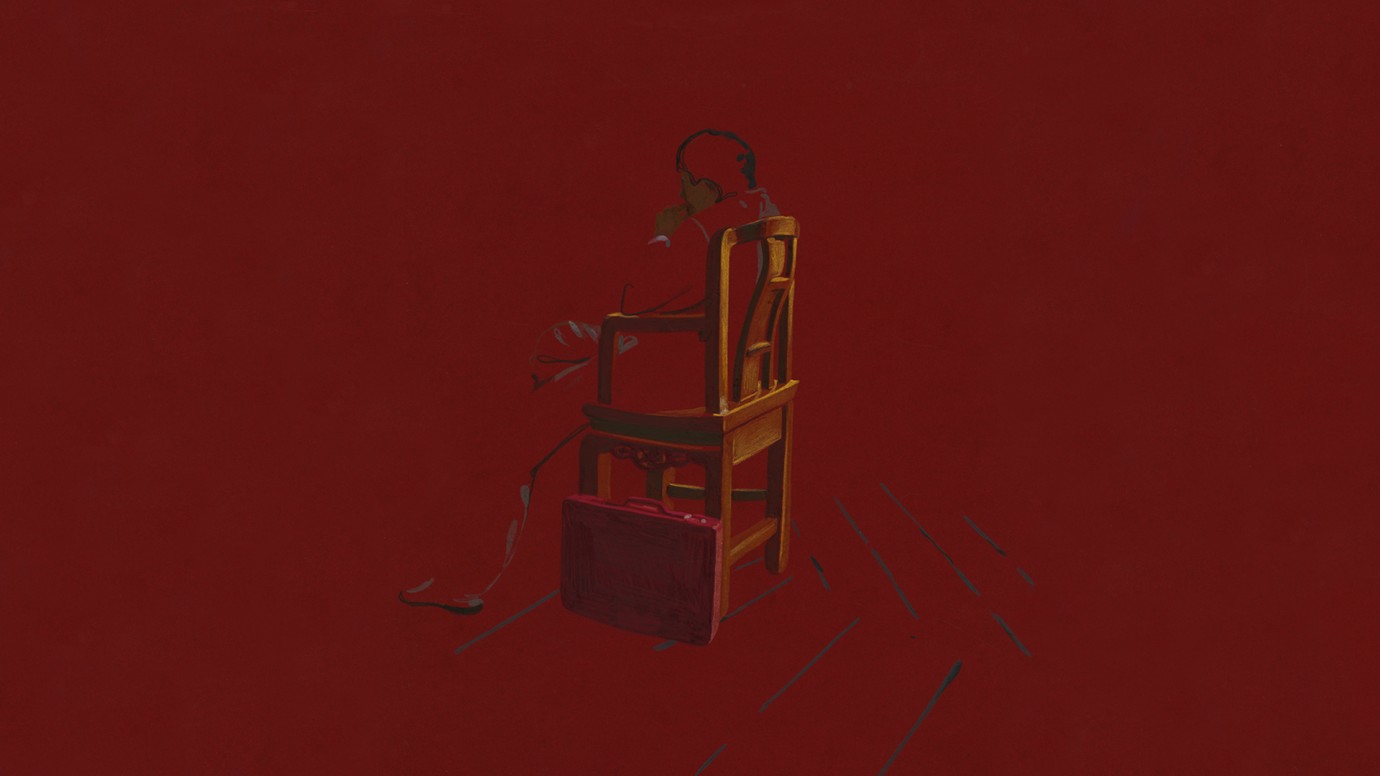by Brian Hioe
語言:
English
Photo Credit: Butterfly Jam/Film Still
The following animated shorts were shown at this year’s Golden Horse Film Festival in Taipei.
BUTTERFLY JAM is a highly inventive animation, describing a series of losses by a young Taiwanese woman through the lens of the many pets her family raises. In particular, as this woman grows up, her floundering family fortunes are reflected in the many pets that her father purchases for her, but which somehow always manage to escape or meet with unfortunate fates.
This series of losses eventually extends to her family itself, with her family becoming divorced, and the woman moving to Taipei and then to Paris. The animation, which is a French co-production, is narrated entirely in French.
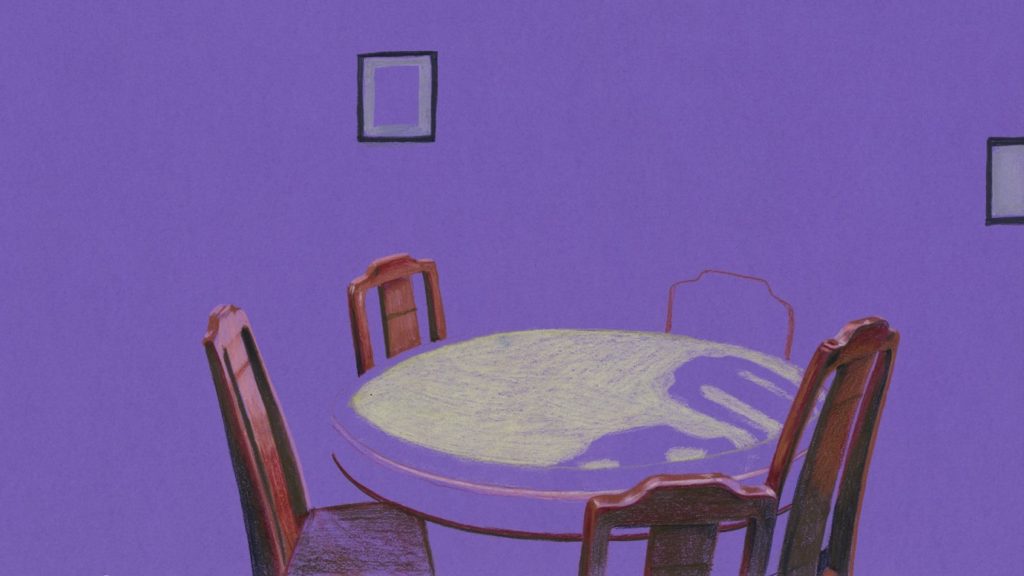
Film still
The animation style of Butterfly Jam is fantastically creative, with various landscapes seamlessly melting into each other. Despite the deliberately repetitive nature of the story, the animation always finds new ways to surprise. The narrative is also well-crafted, concluding with the narrator pondering what would become of her if she suffered a fate similar to her pets. Overall, Butterfly Jam has something of a storybook or fairy tale feel to it. And, indeed, the story seems to be aimed at being something of a modern fable.
DEPTHS OF NIGHT is a metaphoric tale of loss, focusing on a family of three women who have lost something. This is visually depicted as the three of them missing a part of themselves. For one, this is her heart, for another this is part of her face.
Though set in contemporary Hong Kong, the themes of Depth of Night seem universal. The three struggle with a sense of alienation, unresolved love, or even just a child’s sense of loneliness, with the youngest of the trio still being a child.
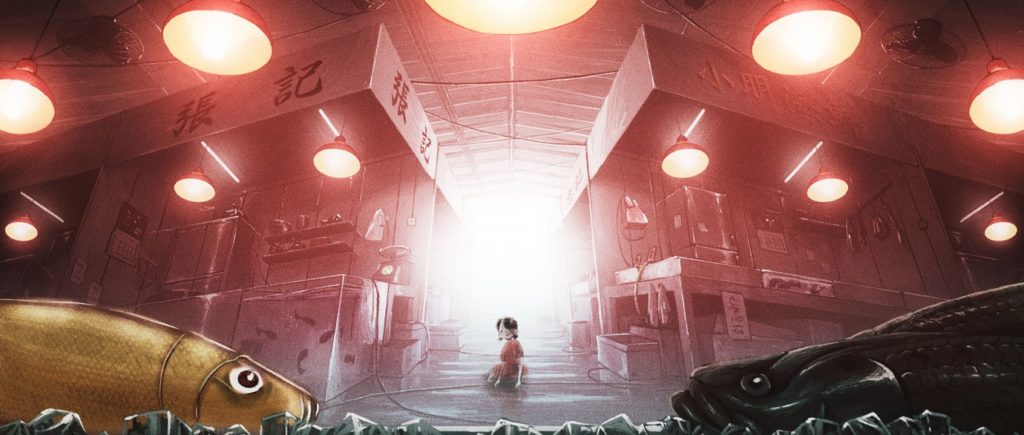
Film still
In particular, the animation is set in a highly metaphorical landscape. Wandering through a land of rocks and stones, they try to see if any fragments they find can make up the missing part of themselves. At other times, they are suddenly drawn into their memories. Later on, they are pursued by a monster that seems to be the embodiment of their trauma.
Ultimately, Depths of Night has something of a feel-good message, in suggesting that people may never be complete in and of themselves but that they can find healing in each other. Yet despite the simple moral of the story, Depths of Night has a clever conceit, and its storytelling benefits from well-executed pairing of image and sound.
THE MAGICAL TRACING, which is narrated entirely in Taiwanese Hokkien and is set in Dajia during the Dajia Mazu Pilgrimage, emphasizes its Taiwaneseness. As the tale of a grandson trying to find his grandmother along with a family friend—a shoe repairman the same age as his grandmother—the story tries to evoke something of the traditional Taiwanese storyteller.
Although this comes off as slightly stilted, The Magical Tracing is still an effective work. As the story develops, it emerges that the shoe repairman has a history with the grandmother, due to unrequited romantic feelings when the two were young.
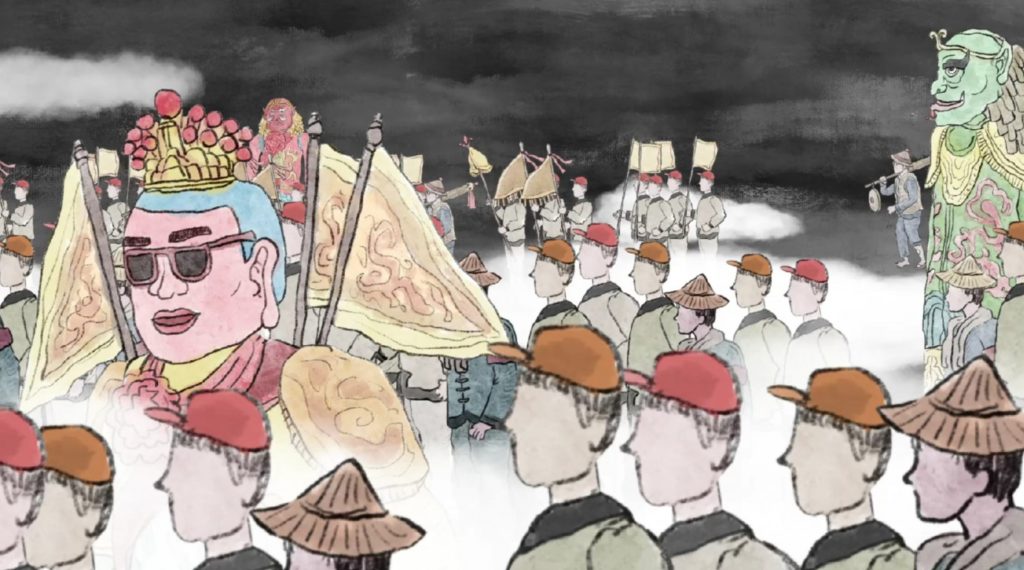
Film still
In imbibing storyteller tropes, the story takes on something of a mythic character. The shoe repairman, who also serves as narrator, embellishes many of the details of the grandmother’s background or his own tracking abilities while he tries to track her down with the grandson.
The animation style depicts the characters as though they were paper cut-outs, overlaid on top of each and onto the setting. Sometimes this works quite well, at other times the effect falls short. However, the character designs are well-done, as are the characters’ movements. One might compare to another recent Taiwanese animated short, Where Are We Going? Nevertheless, The Magical Tracing is not as visually inventive, nor is the narrative as effective.
GIRL IN THE WATER is an elegiac tale, depicting a young woman’s struggles with recent trauma while she bathes and picks at a scab. While bathing, her surroundings become a metaphor, with the water in the bathtub transforming into a lake in which boats sail. The scab is also overlaid with a piece of wall in the woman’s apartment that has been chipped away.
The troubles that the protagonist reflects on are somewhat general, such as reflecting on memories of sex with an apparently abusive partner, everyday struggles in tidying up, and etc. Nevertheless, what Girl in the Water accomplishes quite well is how the woman and her surroundings blend into one visually, representing the woman’s psychosomatic landscape.
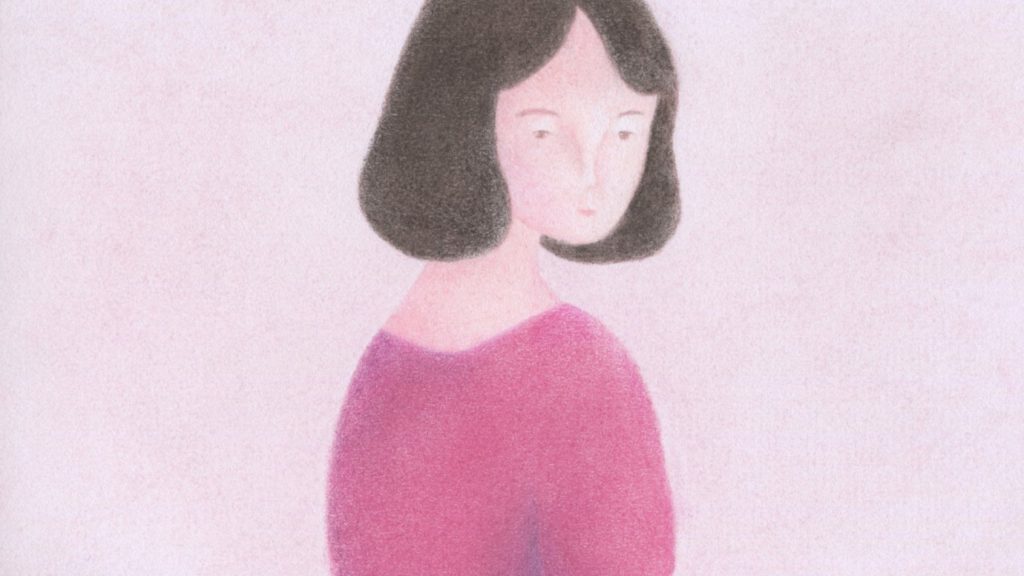
Film still
While a number of recent animations depict characters transforming into their mental landscapes in some way, Girl in the Water manages this most effectively of all. This is because the story remains anchored within two acts; that of the woman bathing, as well as her attempts to repair the wall of her apartment. All other animative transformations occur in the context of these two settings.
In this way, even if the woman’s trauma never becomes more specific, as a tale of engaging with one’s past, Girl in the Water proves masterful.
PADDY IS A very simple story. An innocent, child-like scarecrow wanders through a world populated by humanoid bird creatures, all of which seem to be traveling somewhere carrying backpacks. Searching for a lost kite, the scarecrow asks the same question of everyone he meets, of whether they have seen the kite.
He eventually drifts into what appears to be a protest and is nearly shot at by police. Then, he finds himself facing a Buddha-like deity, after which as if awakening from a dream, he finds that his body has become older.
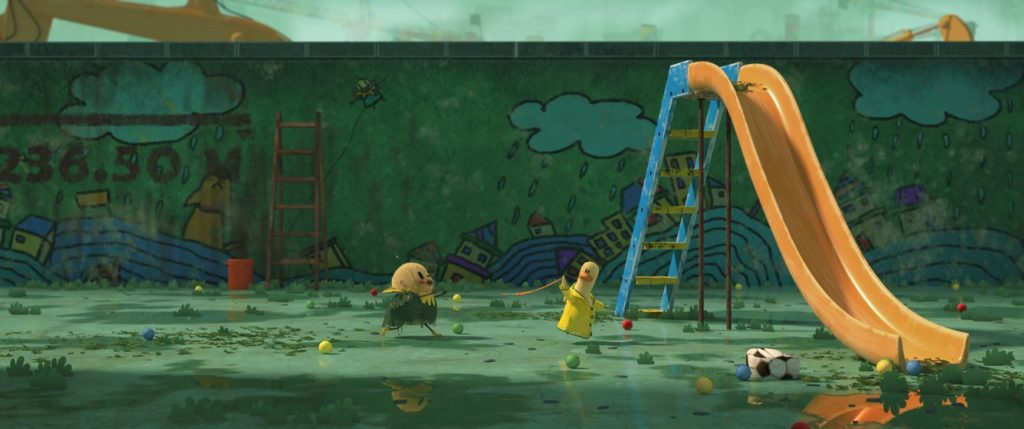
Film still
There may be some existential dimensions to the story that Paddy is attempting to tell. Nevertheless, Paddy is primarily atmospheric, with the details of its setting. This is strongest in the first half of the animation, in that the world of the bird creatures is mysterious and intriguing. The encounter with the Buddha deity is perhaps less interesting.
Paddy does not accomplish too much auditorily, but its 3D CGI visuals stand out. In large part, this is due to their creative design. Likewise, Paddy manages to get much across with a small set of relatively simple elements. To this end, Paddy is a work that manages to get its work done, and the visuals of which linger in one’s memory.


